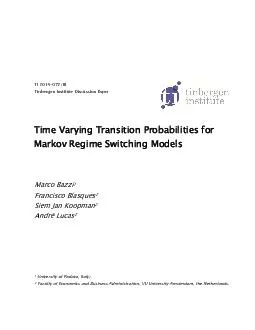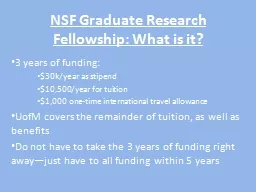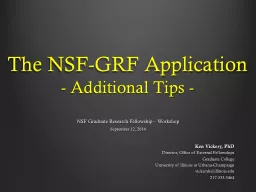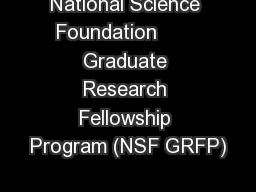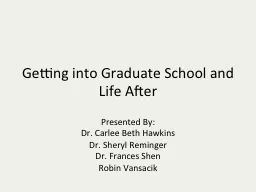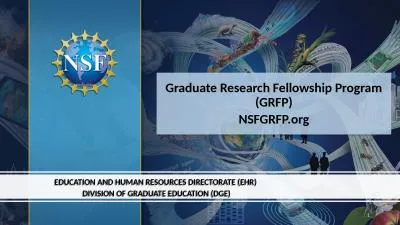PDF-Tinbergen Institute is the graduate school and research institute in e
Author : danika-pritchard | Published Date : 2015-12-01
Tinbergen Institute has two locations Tinbergen Institute Amsterdam Gustav Mahlerplein 117 1082 MS Amsterdam The Netherlands Tel 31020 525 1600 Tinbergen Institute
Presentation Embed Code
Download Presentation
Download Presentation The PPT/PDF document "Tinbergen Institute is the graduate scho..." is the property of its rightful owner. Permission is granted to download and print the materials on this website for personal, non-commercial use only, and to display it on your personal computer provided you do not modify the materials and that you retain all copyright notices contained in the materials. By downloading content from our website, you accept the terms of this agreement.
Tinbergen Institute is the graduate school and research institute in e: Transcript
Download Rules Of Document
"Tinbergen Institute is the graduate school and research institute in e"The content belongs to its owner. You may download and print it for personal use, without modification, and keep all copyright notices. By downloading, you agree to these terms.
Related Documents

